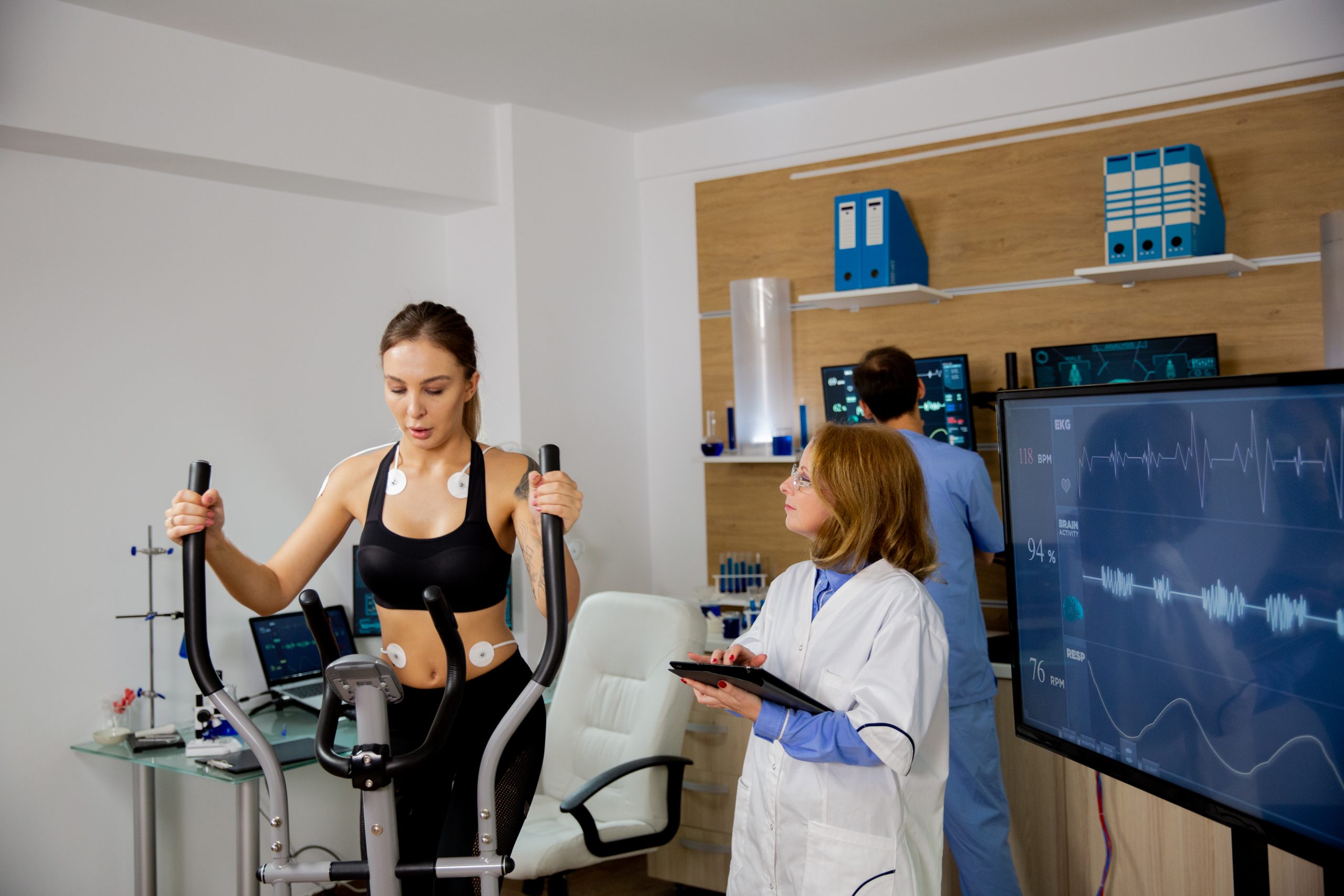

The exercise stress test, often done with an electrocardiogram (ECG), is a common medical test. It is usually used to check for cardiovascular risks, but a recent Mayo Clinic study found it can also predict non-heart-related causes of death, like cancer.
This study’s results are in Mayo Clinic Proceedings.
Although exercise tests are ideally used to check for coronary artery disease and other common cardiovascular risks, a recent Mayo Clinic study showed that abnormal results, like poor aerobic capacity, can also predict deaths that are not related to the heart, such as cancer, along with heart-related deaths.
The exercise stress test is a simple, non-invasive procedure that is widely accessible and offers valuable diagnostic details. Besides the ECG, this test provides information about aerobic capacity, heart rate recovery, and the chronotropic index. This index measures heart rate during exercise and takes into account a person’s age, resting heart rate, and fitness level.
“In our exercise testing cohort, non-cardiovascular deaths were more frequently observed than cardiovascular deaths,” says Thomas Allison, Ph.D., M.P.H., director of Mayo Clinic’s Integrated Stress Testing Center and the study’s senior author.
“Though this was a cardiac stress test, we found that cancer was the leading cause of death, at 38%, whereas only 19% of deaths were cardiovascular. Exercise test results including low exercise capacity, low peak heart rate, and a slow recovery of the heart rate after exercise test were associated with increased mortality.”
The study involved 13,382 patients who were healthy and had no cardiovascular risks or serious health issues. They did exercise tests at Mayo Clinic between 1993 and 2010, and monitored for about 12.7 years.
The results show that doctors should pay attention to more than just the ECG. The focus should also be on if the exercise test shows low aerobic capacity, low chronotropic index, or slow heart rate recovery. According to Dr. Allison, even if the ECG looks fine, patients should be encouraged to exercise more if they have these unusual results.
more recommended stories
 T-bet and the Genetic Control of Memory B Cell Differentiation
T-bet and the Genetic Control of Memory B Cell DifferentiationIn a major advancement in immunology,.
 Ultra-Processed Foods May Harm Brain Health in Children
Ultra-Processed Foods May Harm Brain Health in ChildrenUltra-Processed Foods Linked to Cognitive and.
 Parkinson’s Disease Care Advances with Weekly Injectable
Parkinson’s Disease Care Advances with Weekly InjectableA new weekly injectable formulation of.
 Brain’s Biological Age Emerges as Key Health Risk Indicator
Brain’s Biological Age Emerges as Key Health Risk IndicatorClinical Significance of Brain Age in.
 Children’s Health in the United States is Declining!
Children’s Health in the United States is Declining!Summary: A comprehensive analysis of U.S..
 Autoimmune Disorders: ADA2 as a Therapeutic Target
Autoimmune Disorders: ADA2 as a Therapeutic TargetAdenosine deaminase 2 (ADA2) has emerged.
 Is Prediabetes Reversible through Exercise?
Is Prediabetes Reversible through Exercise?150 Minutes of Weekly Exercise May.
 New Blood Cancer Model Unveils Drug Resistance
New Blood Cancer Model Unveils Drug ResistanceNew Lab Model Reveals Gene Mutation.
 Healthy Habits Slash Diverticulitis Risk in Half: Clinical Insights
Healthy Habits Slash Diverticulitis Risk in Half: Clinical InsightsHealthy Habits Slash Diverticulitis Risk in.
 Caffeine and SIDS: A New Prevention Theory
Caffeine and SIDS: A New Prevention TheoryFor the first time in decades,.

Leave a Comment